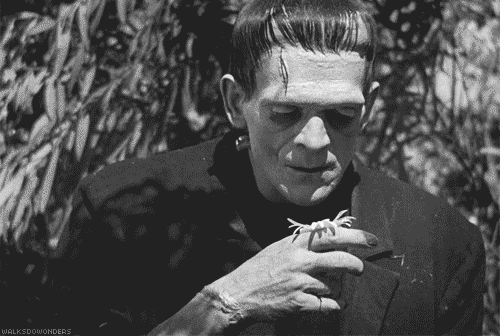I Have No Sympathy For You, Torvald Helmer.
Post on the class blog regarding the level of sympathy you have for Torvald at this stage of the play (taking into consideration Victorian expectations of him)
~
Torvald Helmer is a complex character with many different sides and personalities. Through looking at his character, it is evident that he is strongly influenced by societal standards, which can be seen in the way he treats Nora. Despite this, Helmer is a character that I strongly despise, and I do not have any sympathy for him.
The way that Torvald Helmer treats his wife closely follows normal behavior in the Victorian era. Masculinity refers to a man’s traditional self and manners- their habits, and attitudes which follow the patriarchal system in society. In the Victorian era, this meant that the man had to have a strong sense of self-control, and independence, which was influenced by factors like domesticity and gender roles. The man had to be the head of the house and the one who is superior to the wife. Therefore, Helmer establishes himself as the dominant figure by making Nora seem smaller. He speaks to her in a degrading way, using possessive pronouns such as ‘my’ and ‘mine’. Additionally, the nicknames he has for Nora, such as ‘skylark’, ‘squirrel’, and ‘little lark’ are all in reference to small animals that are usually not associated with strength or power. Helmer ensures that Nora knows that she is lesser, sometimes calling her an ‘odd little thing’ and a ‘silly little girl’. These names may seem playful and teasing, however, they could have deeper contexts than it first seems, similar to a backhanded compliment.
Secondly, one of the main reasons that made me lose nearly all my sympathy for Torvald, was the way that he treated Nora when he was drunk.
Helmer: When I watched the seductive figures of the Tarantella, my blood was on fire; I could endure it no longer, and that was why I brought you down so early-
Nora: Go away Torvald! You must let me go. I won’t-
Helmer: What’s that? You’re joking my little Nora! You won’t- you won’t? Am I not your husband-?
Nora is very clearly uncomfortable and does not want Torvald to touch her. Earlier to this dialogue, the stage directions indicate that Nora is trying to make space between them. For example, [she moves to the other side of the table], while Helmer continues to persist and tries to get closer to her [follows her]. The fact that, despite being her husband and is supposed to be the one protecting her, Torvald doesn’t respect her wishes and puts Nora in a very uncomfortable situation. Had Rank not intervened, Torvald could have forced himself onto Nora, which is most definitely not okay.



 The Victorian Era focused so highly on appearances and image, that it was total hypocrisy. A commonly seen example of this deception was the events that the higher or wealthy class would constantly host in order to help the lower class. It was a general occurrence for lunch, dinner, or ballroom events to be set up with the purpose of collecting money in order to donate it to the working classes, or to foundations with the purpose of helping the less fortunate. The truth behind these events was that if a person from the higher class would encounter someone from the lower class, they would completely disregard them or be disturbed by their presence. Another angle that displays this hypocrisy, is that many of the families who were ‘raising money’ to help the poor, were also the ones forcing them to do heavy labor without rest in unethical conditions, and the ones paying them barely enough to live.
The Victorian Era focused so highly on appearances and image, that it was total hypocrisy. A commonly seen example of this deception was the events that the higher or wealthy class would constantly host in order to help the lower class. It was a general occurrence for lunch, dinner, or ballroom events to be set up with the purpose of collecting money in order to donate it to the working classes, or to foundations with the purpose of helping the less fortunate. The truth behind these events was that if a person from the higher class would encounter someone from the lower class, they would completely disregard them or be disturbed by their presence. Another angle that displays this hypocrisy, is that many of the families who were ‘raising money’ to help the poor, were also the ones forcing them to do heavy labor without rest in unethical conditions, and the ones paying them barely enough to live.







